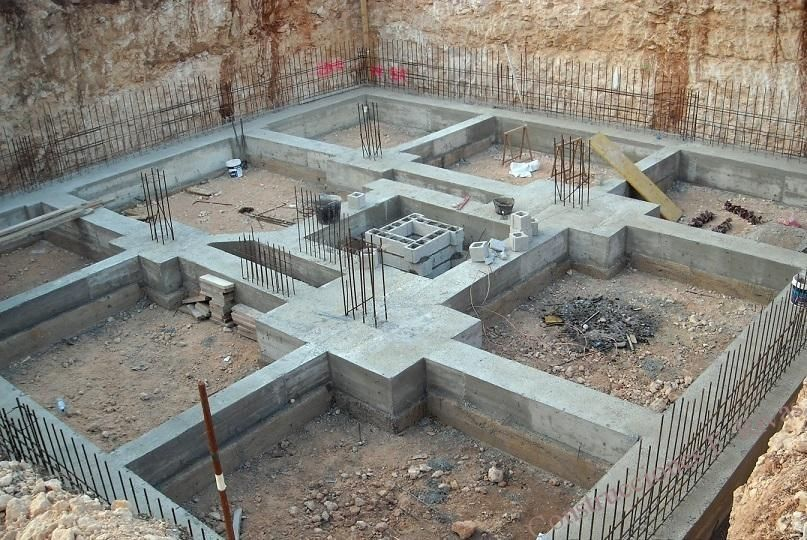
How to Choose the Right Foundation for Your Building Project
Building a foundation is one of the most important steps in any construction project. The foundation supports the entire structure, so it is essential to choose the right type of foundation for your project. There are several different types of foundations, each with its own advantages and disadvantages. In this blog post, we will discuss how to choose the right foundation for your building project.
The Importance of Choosing the Right Foundation.
The Different Types of Foundations
There are three main types of foundations: shallow, deep, and pile.
Shallow foundations are typically used for smaller buildings with light loads. They are not as expensive as deep or pile foundations, but they are not as strong either. The most common type of shallow foundation is a slab-on-grade foundation, which is a concrete slab that rests on the ground.
When single columns are spaced far apart from one another, one of the most common forms of foundation that is utilized to support the structure is called an isolated footing. An isolated footing has to be constructed in such a way that its bearing capacity is not exceeded, that it offers protection from tipping over or sliding, and that it keeps the earth from sinking. The carrying capacity of an isolated footing should be at least two times higher than the anticipated total gross floor load. This should be the primary focus when designing an isolated footing.
Deep foundations are used for taller buildings with heavier loads. They go down deeper into the ground than shallow foundations, so they are more expensive to build. But they are also much stronger than shallow foundations, so they can support heavier buildings. The most common type of deep foundation is a drilled pier foundation, which is a concrete pier that goes down deep into the ground.
A footing made of concrete that supports two columns or load-bearing walls at once is called a combined footing. It is often of a rectangular form and is positioned such that it is exactly below the walls or columns that it is supporting. Concrete is the material of choice for the footing, which is often constructed to be broader than the column or wall that it is supporting. Combined footings are frequently employed when the columns or walls are near together and when the weights on each are comparable.
The Pros and Cons of Each Type of Foundation
There are pros and cons to each type of foundation:
Slab-on-grade Foundation:
Pros: Inexpensive to construct; easy to install; can be built on any type of soil; provides good resistance to frost heave; suitable for small structures with light loads.
Cons: Not as strong as other types of foundations; not suitable for areas with high water tables or expansive soils; vulnerable to damage from flooding or earthquakes; difficult to repair if damaged; can settle unevenly over time causing cracks in the slab.
Drilled Pier Foundation:
Pros: Very strong and durable; can be built on any type of soil; resistant to damage from floods and earthquakes; easy to repair if damaged; unlikely to settle over time.
How to Choose the Right Foundation for Your Building Project.
Factors to Consider When Choosing a Foundation
There are many factors to consider when choosing the right foundation for your building project. The most important factor is the soil type. The soil type will determine the type of foundation that is best suited for your project. Other factors to consider include the climate, the size and weight of the structure, and the budget.
How to Get the Best Results from Your Foundation
The best way to get the best results from your foundation is to hire a professional engineer or architect to help you with the design and construction of your foundation.
Conclusion
When choosing a foundation for your building project, it is important to consider the different types of foundations and their pros and cons. The right foundation will depend on the specific needs of your project. By considering all of the factors involved, you can choose the best foundation for your building project.





